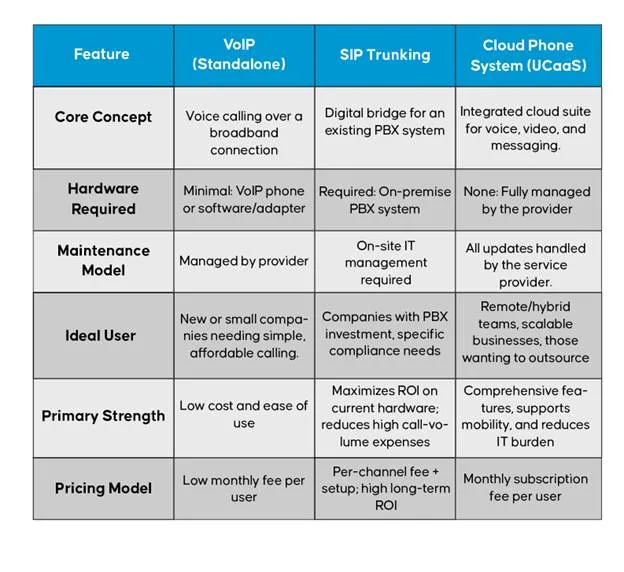9 Features Every Leadership Team Should Look for in Digital Platforms
In today’s fast-moving business environment, leadership teams are expected to make decisions quickly, collaborate seamlessly, and ensure compliance at every step. Digital platforms have become the backbone of this process, enabling executives, directors, and managers to access critical information and work together efficiently. However, not all platforms are created equal. Choosing the right tool requires careful evaluation of the features that genuinely support high-level collaboration and governance.
Below are nine features every leadership team should prioritize when assessing digital platforms designed for strategic decision-making.
1. Secure Document Management
Sensitive documents like financial reports, legal papers, and strategic plans are at the heart of leadership work. A platform should offer encrypted storage, controlled access permissions, and version history. This ensures that confidential data remains protected while still being easily accessible to those who need it. Without robust security, the risk of breaches or leaks can undermine trust at the board level.
2. Real-Time Collaboration Tools
Leadership often requires rapid alignment across multiple stakeholders. Features like simultaneous document editing, real-time commenting, and live chat allow decision-makers to exchange ideas quickly, even when they’re spread across different locations. Real-time collaboration not only saves time but also eliminates confusion from multiple document versions floating around email inboxes.
3. Intuitive User Experience
Executives shouldn’t need extensive training to use a digital platform effectively. A clean interface, clear navigation, and mobile accessibility make adoption much smoother. When platforms are intuitive, leadership teams can focus on the substance of their discussions instead of troubleshooting technical hurdles. The easier the platform is to use, the more likely it will become a trusted daily tool.
4. Integrated Meeting Management
For many leadership teams, meetings are the cornerstone of decision-making. Platforms that integrate agenda creation, scheduling, automated reminders, and post-meeting follow-ups help streamline this process. Having a central space for pre-reads, annotations, and action items makes meetings far more productive and ensures decisions don’t get lost in the shuffle.
5. Strong Governance and Compliance Features
Boards and leadership teams often operate within strict regulatory frameworks. Platforms should include features that support compliance, such as audit trails, e-signatures, and the ability to restrict or monitor data access. These safeguards provide peace of mind that the organization is meeting its obligations while protecting the integrity of decision-making.
6. Data-Driven Insights
Beyond storing documents and facilitating collaboration, the best platforms help leadership teams make sense of the information at their disposal. Dashboards, analytics, and reporting features can highlight trends, risks, and opportunities. Instead of sifting through static files, leaders gain actionable insights that allow them to make informed, strategic choices.
7. Scalability and Flexibility
As organizations grow and evolve, so do the demands placed on their digital platforms. Scalable solutions can adapt to additional users, more complex workflows, and new integrations without causing disruption. Flexible platforms also allow for customization so leadership teams can tailor the system to their unique governance processes.
8. Mobile Accessibility
Leadership doesn’t only happen in the office or during scheduled meetings. Executives need to review documents, cast votes, or approve actions while traveling or working remotely. A platform that offers full functionality on mobile devices ensures decision-making isn’t delayed simply because someone isn’t at their desk.
9. Seamless Integration With Existing Tools
No platform operates in isolation. To avoid creating silos, it’s important to choose a solution that integrates with existing software such as calendar systems, email, and secure file-sharing tools. When platforms work together, workflows are smoother, and leadership teams can avoid the inefficiencies of toggling between disconnected systems.
The Role of Board Portal Software
One type of digital solution that has become increasingly valuable for leadership teams is board portal software. These platforms combine secure document storage, meeting management, compliance tools, and collaboration features into one environment built specifically for executives and directors. By centralizing these functions, leadership teams can save time, improve governance, and ensure strategic decisions are supported by the right information at the right moment.
Why the Right Platform Matters
The digital platform chosen by a leadership team has a direct impact on organizational performance. A poor fit can lead to wasted time, fragmented communication, and even security risks. On the other hand, a well-selected tool can foster stronger collaboration, better oversight, and greater confidence in the decisions being made at the top.
One example of a provider that emphasizes clarity and effectiveness in leadership decision-making is Board Intelligence. Their approach centers on helping teams ask the right questions, access the right data, and communicate in ways that strengthen both governance and performance. For organizations looking to empower their leadership teams, this kind of emphasis on clarity and strategy can make all the difference.
As leadership teams face increasingly complex challenges, the tools they rely on must rise to meet those demands. By prioritizing features like security, collaboration, user experience, compliance, and integration, organizations can choose platforms that not only support day-to-day operations but also strengthen long-term governance. Ultimately, the right digital platform is more than a convenience. It’s a foundation for smarter, faster, and more confident decision-making.





